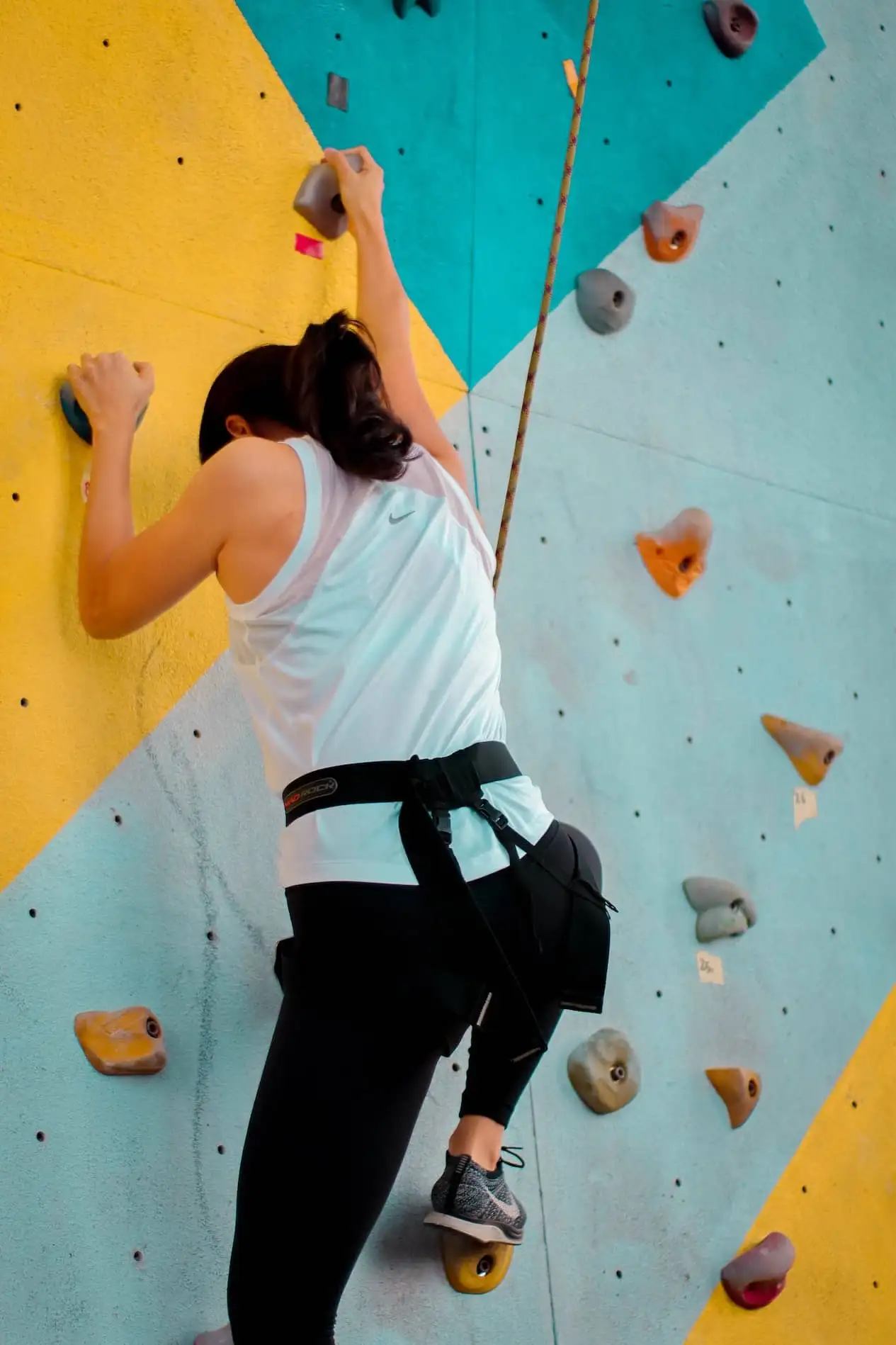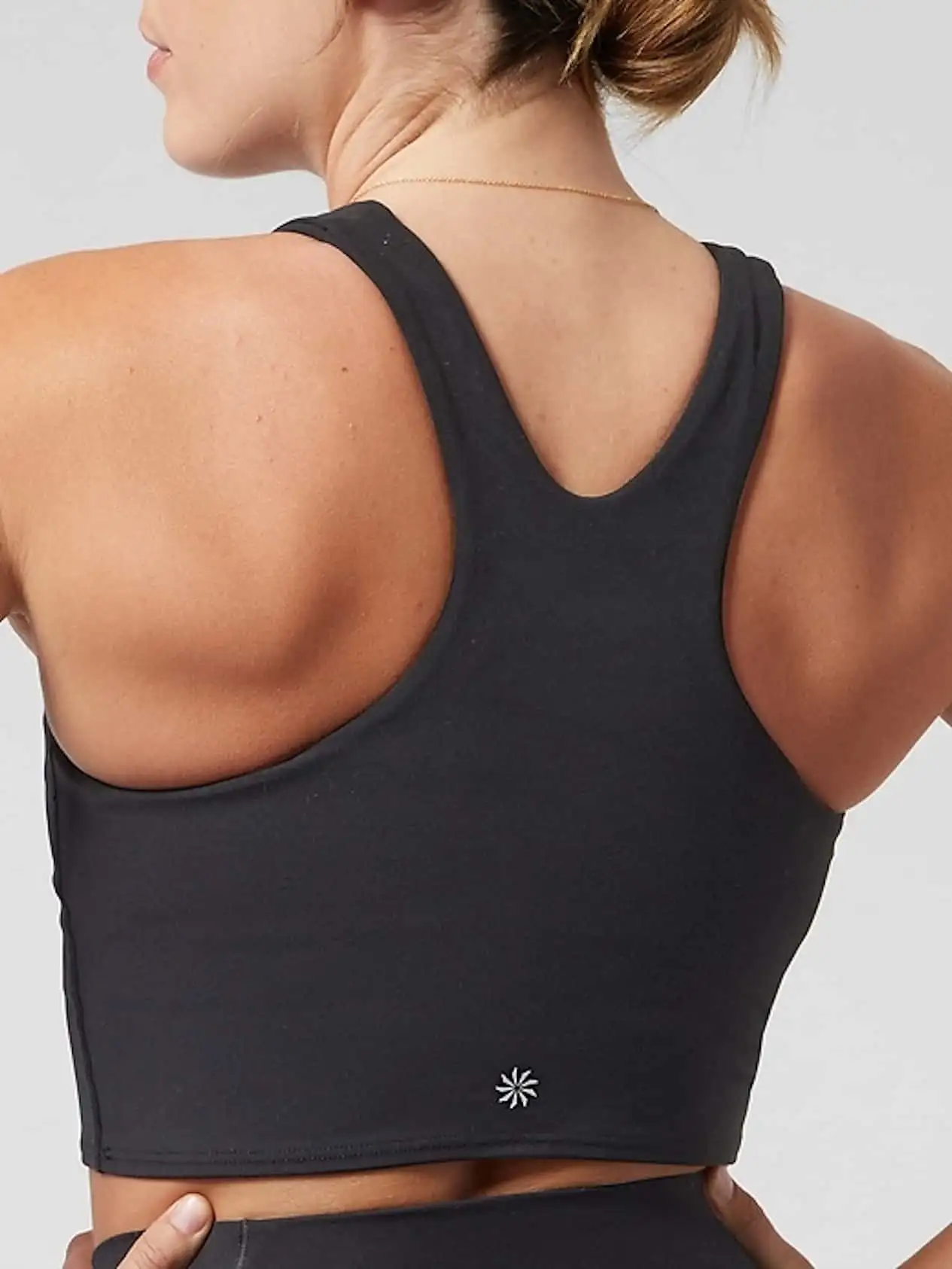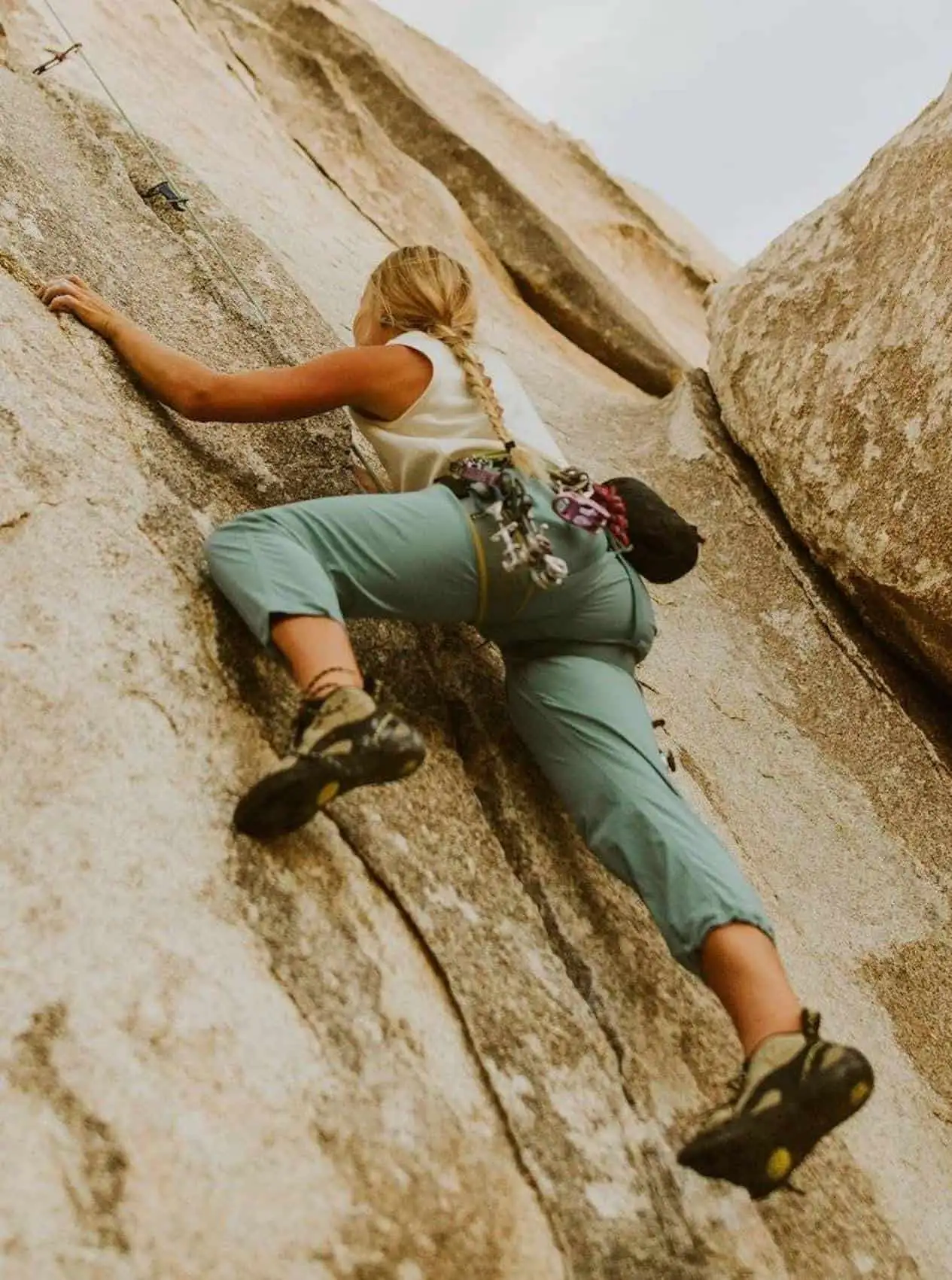When it comes to rock climbing, having the right clothing is essential not only for your comfort, but also for your safety on the rocks. The right clothes can give you the flexibility to make moves that you might not be able to do in restrictive clothing, as well as protection from abrasions, bruises, or other injuries. In addition, they can help regulate your body temperature and keep you dry, which is imperative for long climbing sessions, whether indoors or outdoors. Therefore, choosing the right clothes for rock climbing is not just a matter of fashion, but it can seriously impact your performance and enjoyment during the activity. We are here to show you the best tips and tricks on what to wear for rock climbing.

One of the best things about rock climbing is that it can be as adventurous or challenging as you want it to be. However, without the right gear, it can lead to a stressful and uncomfortable experience. Whether you’re a beginner or a more advanced climber, investing in appropriate gear should be a top priority, starting with clothing. Knowing what to wear can make the difference between a successful and satisfying climb, or a frustrating and unsuccessful attempt.
Comfort and flexibility: Choosing clothes that allow for ease of movement
When it comes to rock climbing, choosing the right clothing is crucial. Not only does your attire need to protect you from any potential hazards, but it also has to allow for a full range of motion. Finding clothes that fit this dual purpose can be a little daunting, so we’ve put together a list of things to keep in mind when selecting your climbing gear.

- Opt for clothing made from flexible, stretchy materials that will move with you.
- Look for garments that are cut for movement. For example, pants with gusseted crotch seams or shirt sleeves with articulated elbows.
- Avoid clothing with restrictive features, such as tight cuffs, waistbands or collars, that may impede your motion or impact your comfort level.
- Test your attire before heading to the crag. Try moving in it in a variety of ways to ensure you have full range of motion.
By taking the time to find apparel that allows you to move freely, you’ll not only avoid discomfort but you’ll also be able to perform at your highest level. Keep these pointers in mind, and you’ll be well on your way to finding the ideal climbing clothes for your next adventure.
Protection and Safety
Wearing appropriate protective gear is an important aspect of rock climbing that should not be overlooked. Rock climbing involves exposure to various elements and potential hazards, including rough surfaces, sharp rocks, slippery surfaces, and various weather conditions. Here are some items to consider while gearing up for rock climbing:

- Helmet: A proper climbing helmet can keep your head safe from any injury that may result from a fall or from falling objects.
- Gloves: Durable gloves can protect your hands from bruises and cuts, which are common during climbing. It also helps you maintain your grip on rough surfaces.
- Knee and elbow pads: Kneeling and elbow pads can protect your joints from bruises, scrapes, and bumps when coming into contact with hard surfaces.
- Clothes: Wearing long-sleeved shirts and pants made of durable, breathable, and quick-drying materials will protect your skin from the sun, from brushes, and from cuts in the event of falls against abrasive rock.
Not only do these items provide protection from potential risks, but also ensure that you feel safer and more comfortable during the climb, which can aid in developing confidence as you tackle harder routes.
Choosing the Right Footwear: Proper Shoes Can Provide Better Grip, Traction, and Support When Climbing
One of the most crucial aspects of rock climbing is choosing the right shoes. Proper footwear provides the grip, traction, and support you need to climb safely and comfortably. Here are some factors to consider when selecting shoes for rock climbing:

- Type of climbing: Different types of climbing require different types of shoes. Sport climbing shoes tend to be more aggressive and downturned, while trad climbing shoes are typically flatter and more comfortable for long periods of wear. Your choice of shoe may also depend on whether you primarily climb indoors or outdoors.
- Fit: Your shoes should fit snugly but not be too tight or binding. A tight shoe can cause discomfort and even injury, while a loose shoe can affect your performance and grip. Take the time to try on different brands and sizes to find the best fit for you.
- Sole: Look for shoes with a sticky rubber sole that provides good traction on the rock surface. A thicker sole can offer more support, while a thinner sole allows for more sensitivity to the rocks.
- Ankle support: Shoes with ankle support provide extra stabilization and help prevent injuries, particularly when bouldering or facing more technical climbs.
- Breathability: Climbing can be hot, sweaty work, so look for shoes with breathable materials that allow your feet to stay cool and dry.
Trying out various brands and styles of shoes, and considering the above factors, can help you find the best shoes for your climbing needs. Remember that a properly fitting shoe can make all the difference in your climbing experience, so it’s worth investing the time and money to find the right pair.
Layering and climate considerations: Choosing clothing items that can be layered for variable temperatures and weather conditions
Rock climbing often takes place in outdoor settings, where temperatures and weather conditions can vary significantly. It is crucial to choose clothing items that can be layered to keep the body warm and dry when the weather changes unexpectedly.

Here are some essential items to consider when layering for rock climbing:
- A base layer: Choose a base layer that is moisture-wicking and fits snugly to the body. This layer should be breathable to prevent overheating during physical activity.
- A mid-layer: A mid-layer provides insulation and warmth. Consider a lightweight fleece or down vest that can be easily removed or added based on the temperature.
- An outer layer: The outer layer should protect against wind and rain. Look for a jacket that is waterproof and breathable, and has a hood to protect the head and neck.
Layering allows climbers to add or remove clothing items based on the temperature, activity level, and weather conditions. This can help avoid overheating or getting too cold, which can impact performance and safety.
It is also essential to consider the climate and weather conditions when choosing clothing for rock climbing. For example, climbing in hot and dry conditions may require clothing that protects against the sun’s UV rays, while colder climates may require heavier layers and high-quality insulation.
Choosing appropriate clothing for rock climbing is essential for comfort, safety, and performance. Layering with moisture-wicking base layer, mid-layer for insulation and a waterproof and breathable outer layer ensures optimal performance and protection against outdoor elements. Always consider the weather and climate to make the best decisions in choosing appropriate rock climbing wear.
Conclusion
When it comes to rock climbing, suitable clothing is essential for both performance and enjoyment. If you wear ill-fitting clothing it can restrict your movements and cause discomfort which can hinder your climbing experience. On the other hand, wearing the right clothes that are flexible, protective, and well-fitted can help you climb better and climb safer.
Proper clothes can also impact your safety. Climbing exposes you to several elements, including sharp rocks, brushes, and sometimes, harsh weather. Wearing appropriate gear can protect you from these hazards and ensure your safety while climbing.
Choosing the right footwear is particularly important. Proper climbing shoes can provide better grip, traction, and support, allowing for more precise and efficient climbing movements. The right shoes can also help keep your feet comfortable and dry.
Apart from protection and safety, suitable clothing also impacts your comfort during climbing. When you are comfortable, you can focus on your moves and enjoy the climb without any distractions. Layering your clothes can come in handy, particularly during variable weather conditions.
In conclusion, investing in suitable clothing for your rock climbing activities is paramount. It not only impacts your performance but also significantly contributes to your safety, comfort, and enjoyment while climbing. Therefore, ensure that you choose suitable gear that works for you and your environment.
